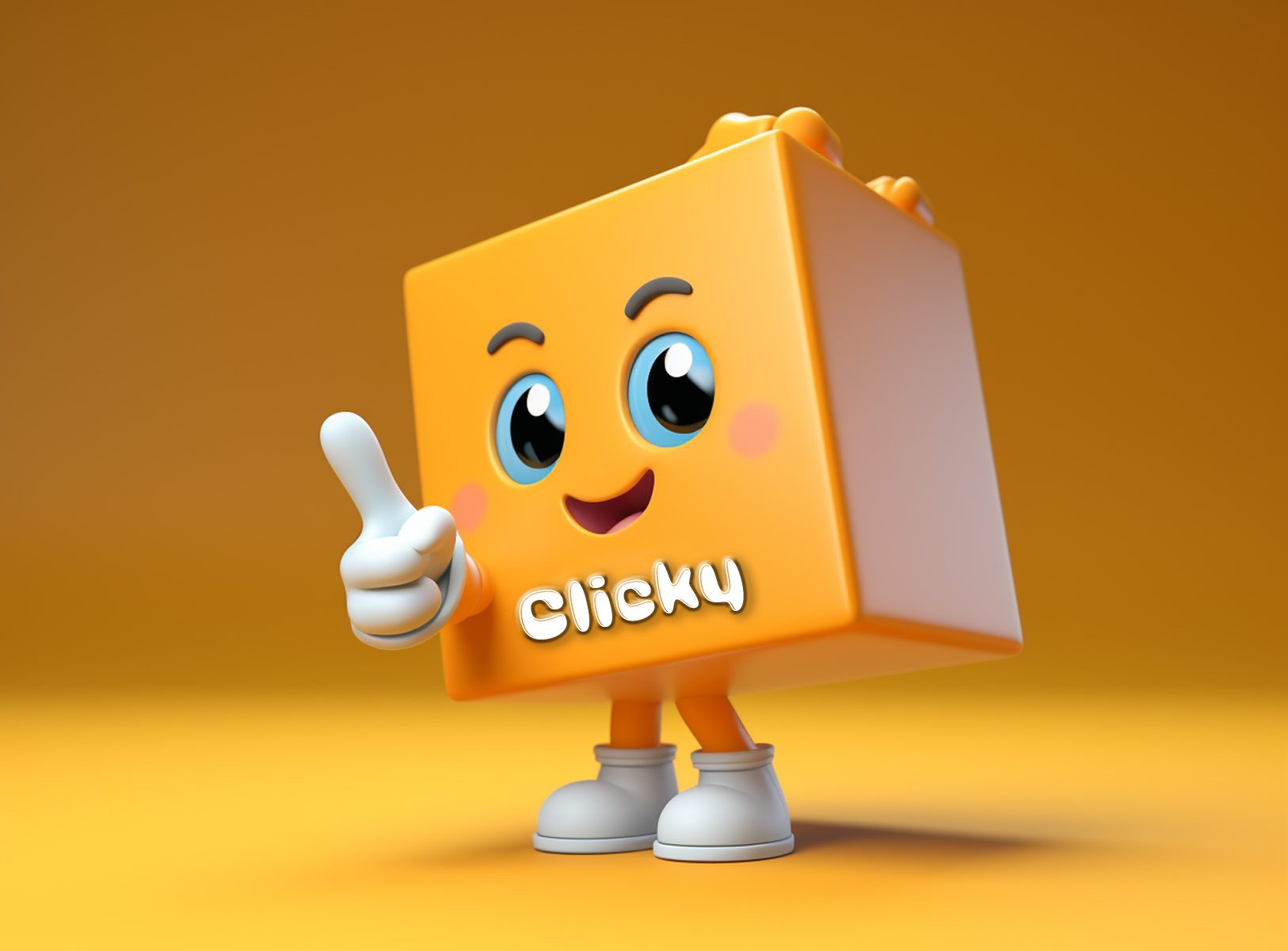There is a common element to the content I receive for posting on the web, no matter where I work. When I review first drafts of web pages, I often see the overuse of “click here” or “here” as link text. The use of “click here” as link text is a common practice that has persisted since the birth of the world wide web for several reasons, despite its lack of accessibility and usability. Here are some possible reasons why it continues to be used:
- Tradition and familiarity: “Click here” has been used for a long time and has become ingrained in people’s habits. It’s a default choice for many content creators who may not have considered the importance of descriptive link text.
- Lack of awareness: Some content creators may not be aware of the impact of link text on accessibility and usability. They may not realize that using descriptive link text helps users understand the purpose and destination of the link without relying on surrounding context.
- Convenience: Using “click here” may be seen as a quick and easy way to indicate a clickable link without putting much thought into crafting descriptive link text. It requires less effort compared to writing specific and meaningful link descriptions.
- Incomplete understanding of accessibility guidelines: While accessibility guidelines such as the Web Content Accessibility Guidelines (WCAG) recommend using descriptive link text, not everyone is familiar with these guidelines or may not prioritize them in their content creation process.
How to Improve
To promote change, it’s important to raise awareness about the importance of descriptive link text in improving accessibility and user experience. Providing education, training, and resources on web accessibility can help content creators make more informed decisions and encourage the use of clear and meaningful link text.
And I’d like to provide that training to content creators. I think it would be a breath of fresh air to lead a training aimed specifically at website owners who are content creators, not necessarily the back-end website coders or pros.
Did you know that when someone who is blind accesses the internet using a screen reading assistive technology, they have the ability to pull all links out of context and have the link text announced. That is their way of scanning the page.
An Example
Improper: “For more information about our accessibility services, [click here].”
Now, let’s rewrite the sentence with descriptive link text:
Proper: “Explore more about our [accessibility services] to ensure an inclusive experience for all users.”
In the rewritten sentence, we replaced “click here” with a descriptive link text that clearly conveys the purpose of the link. This allows users to understand the context and destination of the link without relying solely on the surrounding text. Descriptive link text is not only more accessible for users with disabilities but also improves the overall user experience for all website visitors.



